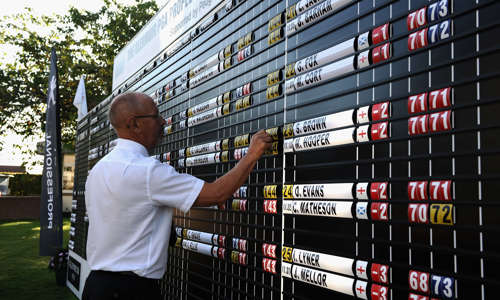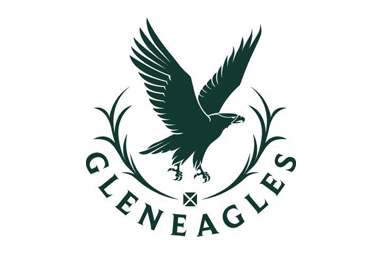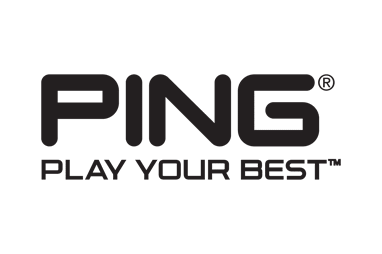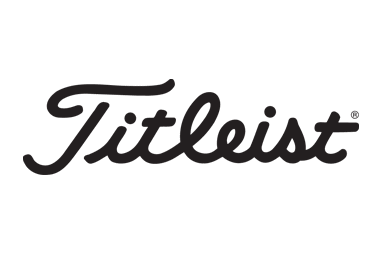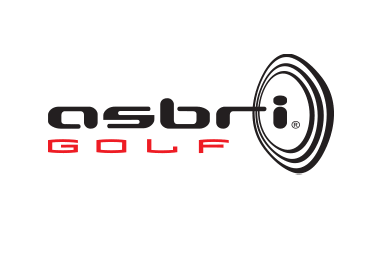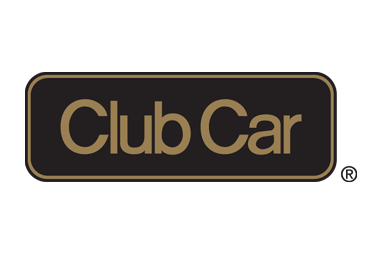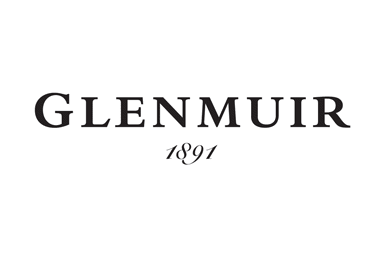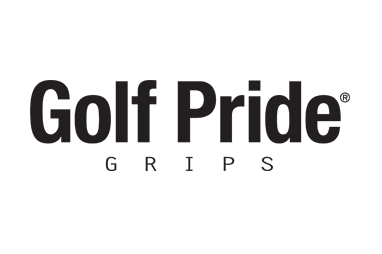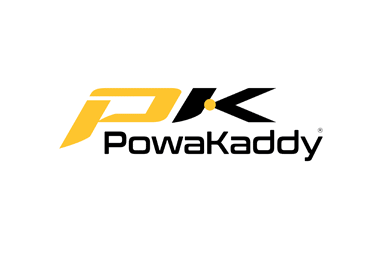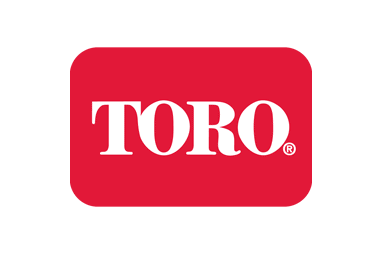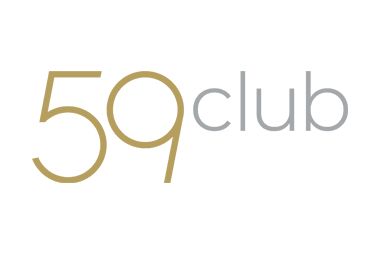Typical examples would be the two hour on-course session with 21-yearold LETAS player Jenny, followed by a 30-minute rules session with recently retired and widowed beginner, Professor Dawkins; two customers with very different needs and expectations of their coach.
The actor, the doctor or the coach can draw on three tools to help deliver their best front-stage performance. These three tools are important because conveying the right impression to an audience (i.e. our customers) increases the likelihood of the performer (e.g. coach or doctor) achieving their goal. These three tools make up the performer’s ‘game face‘.
Appreciating that coaches have a busy schedule, how valuable is performance reflection? Deep self-reflection (also known as reflexivity) is a great tool because it forces the performer to not only think about, but also judge, their performance. Keeping a reflexive journal (i.e. pen and paper) is a great way to improve coaching performance because writing thoughts down help our learning process. As the popular saying goes – writing is learning.
In appreciating how busy coaches are, I recommend this layout for your reflexive journal between lessons:
- What did I do well in my last performance (lesson)? Write down two or three points
- EBI (Even Better If): What was less good in my last lesson? Write down one point
- What one thing will I do better in my next lesson?
Keeping a reflexive journal backstage can helps us coaches perform better on the front stage. And that leads to more success and a busier coaching diary. Successful coaches perform well for their audience (e.g. customers). Performing well means the customer is convinced by the coach’s message, and the coach also achieves their goal. The best coaching performances are not fake but rather the coach displaying the best version of their authentic self which that specific situation demands.
After a three-week tournament break, John had travelled to Mauritius for the Legends Tour Championship, with attractive prize money, end-of-year financial bonuses and Order of Merit implications for the 2025 Legends and Champions Tours.
During those off-weeks, John and I had three Zoom calls. I also sent him two short pdfs confirming the structure of his jigsaw for the Tour Championship.
Simply put, John had a plan for how he would act and perform in Mauritius. This plan was based on past successes. John and I were agreed that he was ready to perform well.
The coaching moment and my three-minute performance
After his arrival in Mauritius, John and I swapped a couple of WhatsApp messages before the tournament. All seemed well for the first round on Friday at 06.12. I awoke on Friday morning and scrolled through the Legends Tour’s social media posts. And there it was. A pre-tournament interview with John from the day before. I saw him lacking confidence in his verbal and body language. He looked and sounded scared. This wasn’t our performance plan. By the time I had watched the interview, John was due to tee-off for round 1 in 20 minutes. Should I call him? Could a call even help? What could I say now to raise his confidence and performance? Or better do nothing?
I sent John the message below and went to my garden in case he called back. I needed space and quiet to plan my performance. He did. Him calling back confirmed to me he was looking for support.
As John’s number flashed on my phone, I thought what can I say to help him? What face do I need to wear now? Through our many conversations, I knew John performed well when he felt he had been insulted by another player. That is, John performs well when he wants to take revenge on an opponent after being insulted by them in some way.
I have heard Tiger Woods and Michael Jordan make similar statements about themselves. My performance, 20 minutes before his tee-time, demanded I make John feel insulted by someone. But who? Luckily, I had watched another Legends Tour player give an interview from Mauritius. Player X was just ahead of John on the OOM and seemed very confident he would hold on to the position that week.
In summary...
A coach needs multiple game-faces to achieve high-performance coaching. High-performance coaching occurs when the coach has many more successful coaching outcomes than unsuccessful ones. A coaching game-face is made up of the coach’s manner, appearance and the physical background to the lesson.
The coach’s game-face transfers their technical knowledge into a successful learning experience for their customer.
Because every customer is different, every lesson also needs to be in some way different to meet the unique needs of the customer.
‘Shape it until you make it’ refers to the coach shaping or adapting their game-face to every customer until they achieve high-performance coaching results with that customer.
Keeping a reflexive-journal can help the coach identify their best gameface for each customer. A coach can change their game-face by altering their manner (e.g. listening, asking questions or delivering statements), appearance (e.g. classic golf look or hoodie and jeans) and background setting (e.g. swing studio, putting green, on-course) of the coaching experience.




